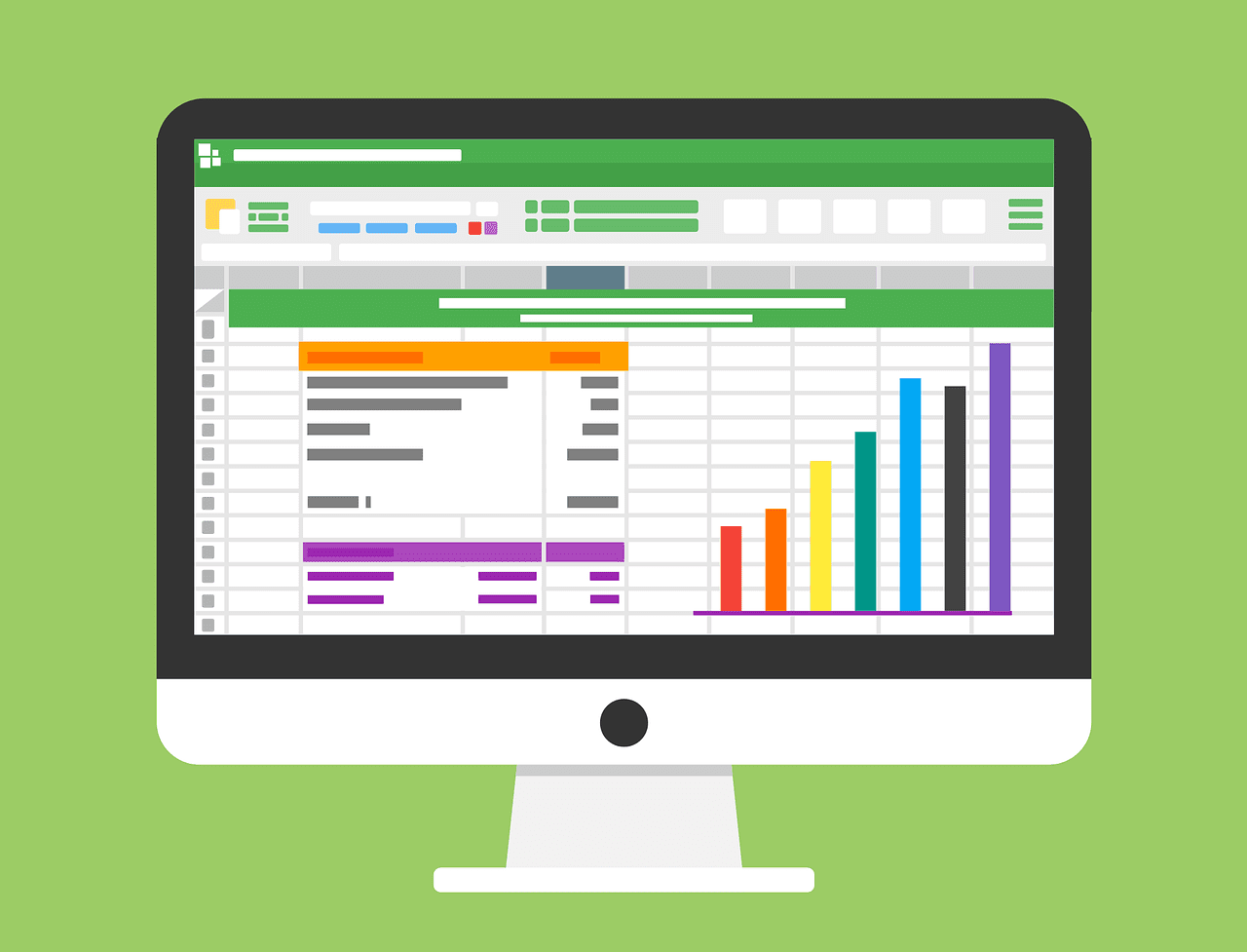
Instructional design jobs can be beneficial in streamlining learning processes and delivering better results. However, it’s important not to be considered it a one-off creative process. Instructional design is creative and intuitive. But we must also review the process that can be tweaked over time and adjusted according to feedback and results.
This is where learning analytics comes into play. Per a paper on learning analytics by an author from the Royal Institute of Technology in Sweden (alongside other academic collaborators), the analytic process can be described as using available data to improve students’ learning. The idea is that more data is available with more online learning and digital educational processes being implemented. That data can improve how we approach education broadly and regarding specific practices.
So how can the concept of learning analytics factor into instructional design?
For starters, it needs to be considered by forward-looking academic leaders. Fortunately, this seems somewhat likely. With educational leadership education now widely available online, more people are pursuing work in the field, and instruction generally encourages innovation and embracing of modern technologies and methods. As Maryville University’s write-up for online doctor of education degrees puts it, this pursuit teaches education leaders to take future-focused approaches to solve complex classroom challenges. The hope is that as education leaders are trained in this fashion, they will be more open to implementing innovative solutions like learning analytics from the top down. This would result in more consideration of data in instructional design.
As to what implementation of learning analytics will look like, we essentially need to see the collection of data relating to results and feedback for different instructional design programs. Systems need to be designed to easily monitor learners’ progress and from which crucial data can be derived. This information and direct feedback or survey results regarding instructional design programs can ultimately yield insights that drive future platform development.
Part of this process should also amount to what is essentially an Agile approach. This is primarily used in business settings but can apply to any data analytics effort to some extent. Training Journal’s overview of Agile instructional design describes this method as flexible and collaborative. Again, it’s typically meant for business settings and is designed partly to streamline communications and department collaborations. However, the core principle of flexibility is crucial to applying learning analytics to instructional design. Any individual or institution doing this needs to be prepared to recognize needs and rapidly implement new design strategies to test out theories of improvement — and put them into action if they’re effective.
This sort of implementation of data analytics in instructional design probably improves education. It will still be necessary for educators to remain versatile and open to adaptation. As noted in our ‘Key Strategies for Instructional Design Assessment’, not everyone learns the same way. Data analytics will clarify what strategies work best and may also clarify individual students’ specific needs. These, too, must be tailored as well.
Provided that is understood, though, data-driven instructional design is likely to become widespread and valuable soon.
This article was written by Rosette James




1 Comment
Lyndel Johnson
I absolutely adore your post, and without exception, I diligently follow each of its recommendations every time there’s a new one. Not only that, but I excitedly repost it on all my social media platforms, and my dedicated followers always give a resounding liking and engaging with it. Keep up the amazing work and keep those insightful posts coming!